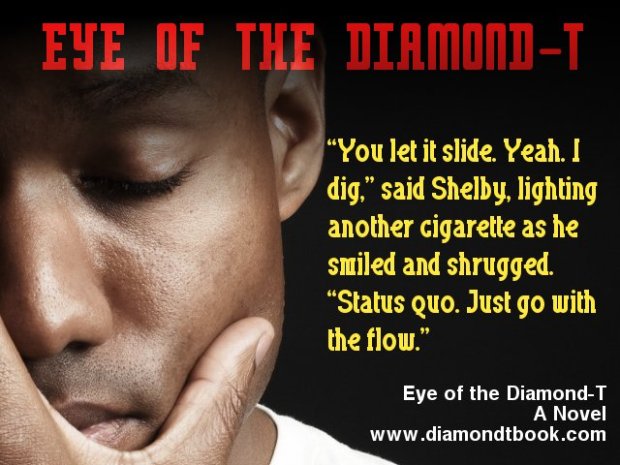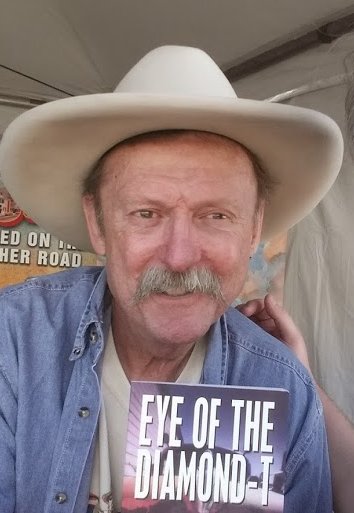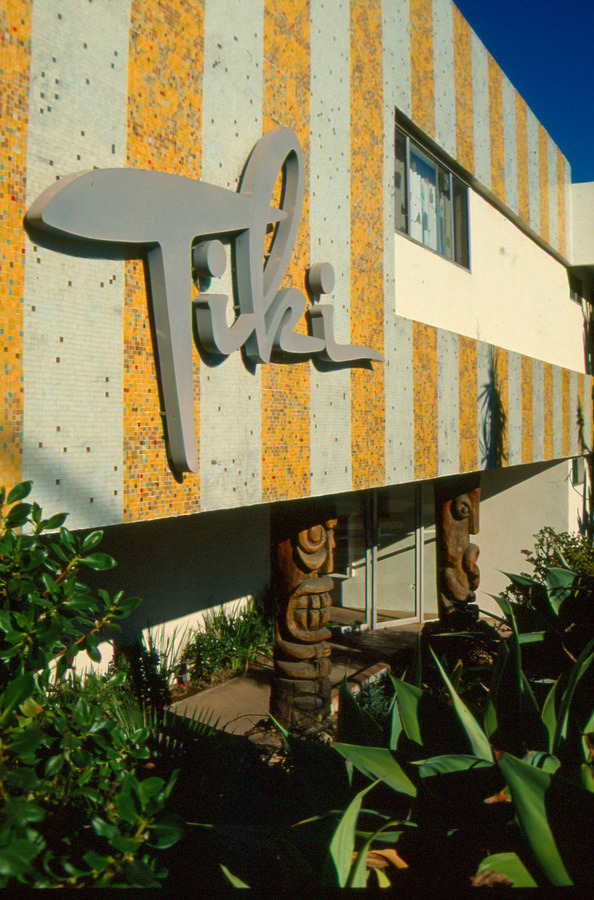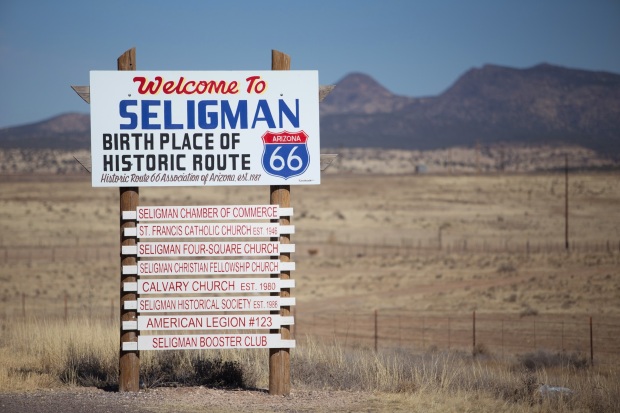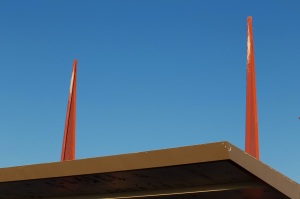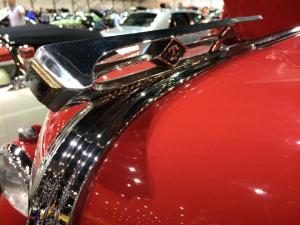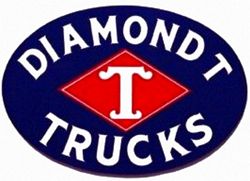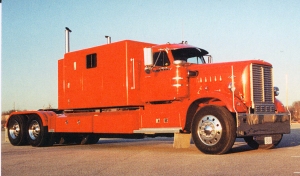Arizona has its living institutions, and one of these is author, historian, artist, raconteur, publisher, and radio personality Bob Boze Bell.

While stumbling through the fields of the enormous Tucson Festival of Books, I turned a corner and happened upon a personal hero of mine. Bob’s articles and cartoons in National Lampoon and the Phoenix New Times in the 1980s reassured me there was someone out there who could relate. He was also proof that something great could bloom in the desert. From his beginnings as the son of a service-station owner in Kingman along the Mother Road in northern Arizona, he parlayed those experiences into an artistic career. He knew the road and life in the towns along that road, and it shows.
“My parents played Kingman. They were travelling lounge musicians!” I told him, realizing that of all people, he’d understand. He paused. His eyes glimmered.
“Where they happy?” he asked.
That’s the question a philosopher would ask, really.
Without getting too far into it while standing there, I explained that they likely would have been happy had they just left it at that. However, those evil deceivers Captain and Tennille had convinced them in about 1975 that they, too, could hit the big time. I might be the only person in the world who convincingly blames his lost childhood on Captain and Tennille. It’s not much of a distinction, but I’ll take it.
Bob appeared intrigued by the story behind my novel Diamond-T, and I proudly presented him with a copy, signed with my shaking hand (I think I got the date wrong. Oh well.) Yes, Bob: there really is a bridge. It’s on Hisoric 66 a few miles East of Seligman.
I picked up a copy of The 66 Kid, Bob’s compendium of images and stories collected through his youth spent along the Mainstreet of America. It’s a fantastic collection of snapshots, clippings, original art, and fond remembrances of Bob’s childhood in Kingman and at various places around Northern Arizona.
If I had an ounce or two more chutzpah, I’d call it a companion piece to Diamond-T.
If you want to see how things looked in the roadside oasis towns of that era, and learn the real-life stories of the people who lived there, I recommend it highly.
I also recommend all the other works of Mr. Bell — long may he reign as the troubadour of the modern West, and all that passed along that mythic old highway through Kingman.





